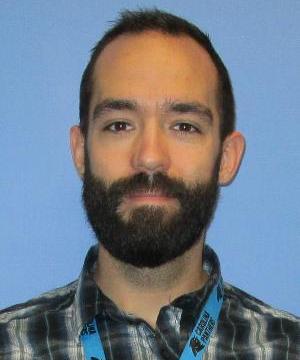
Modern parallel computing architectures favor accelerator devices such as GPUs because they provide increased computational capability with reduced power requirements compared to more traditional CPUs. Accelerators are at their core vector machines that rely heavily on thread switching, latency hiding, and reduced local cache and register capacities compared to CPU architectures. Because of this, we need new algorithms that reduce data movement and increase the local computations done on data once it is fetched from memory. This talk covers a range of algorithmic choices that simultaneously improve computational efficiency, accuracy, and robustness for atmospheric modeling. This includes both spatial and temporal operators, and choices are unique to the challenges of atmospheric modeling.
Speaker’s Bio: Norman is a computational climate scientist in the Scientific Computing Group at Oak Ridge National Laboratory (ORNL). He received his Ph.D. at North Carolina State University in Atmospheric Science under the U.S. Department of Energy’s Computational Science Graduate Fellowship (CSGF), and his adviser was Fredrich Semazzi. During his graduate studies, Norman spent eight months at the National Center for Atmospheric Research (NCAR) as an Advanced Study Program graduate visitor under Ramachandran Nair in the Institude for Mathematics Applied to Geosciences (IMAGe). He also spent a summer at the NCAR Summer Internships in Parallel Computational Science (SIParCS). Directly after obtaining his Ph.D, he was hired as staff in the Oak Ridge Leadership Computing Facility (OLCF) to work on numerical algorithms and GPU programming for numerical climate models.
Last Updated: May 28, 2020 - 4:06 pm